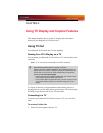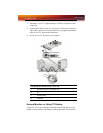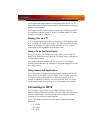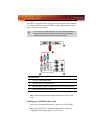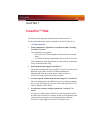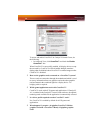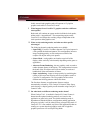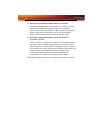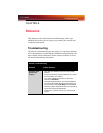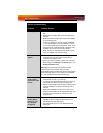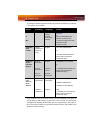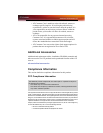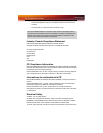
101
In this scenario both graphics cards will operate as 12-pipeline
graphics cards while in CrossFire™ mode.
9 What happens if two CrossFire™ graphics cards have different
clock speeds?
Both cards will continue to operate at their individual clock speeds;
neither card is “stepped down”. The compositing engine on the
CrossFire™ card merges the resulting images independent of the
clock speed on either graphics card.
10 What are the rendering modes, and what are their specific
advantages?
The following dynamic rendering modes are available:
• SuperTiling - CrossFire™ renders alternate 32x32 pixel squares in
a fine-grained checkerboard pattern. This configuration increases
image-rendering quality, as each card processes half of the
complex 3D objects in the pixel squares.
• Scissor Mode - each graphics card renders up to half of the
display, either vertically or horizontally depending on the game or
application.
• Alternate Frame Rendering - the two graphics cards are used to
render alternate frames of the display. This configuration increases
the detail of the 3D objects each card can render, as each card
handles half of the total number of frames.
• Super Anti-aliasing - improves image quality by combining the
results of full-screen anti-aliasing across two graphics cards in a
CrossFire™ configuration. The two graphics cards work on
different anti-aliasing patterns within each frame.
The first three features are performance features settings
automatically selected by ATI's Catalyst™ Control Center. Super
Anti-aliasing is a display quality mode selectable using Catalyst™
Control Center.
11 On what basis are different rendering modes chosen?
When Catalyst™ A.I. is enabled in Catalyst™ Control Center, it
determines the optimal rendering mode to use, based on the
application or game being used. The default rendering mode is
dependant on both the hardware configuration and the application
being run; typically it will be either Scissor or SuperTiling mode. If
Catalyst™ A.I. is not enabled, any Direct 3D® applications that are
running on a system based on graphics cards with 16-pipeline
graphics processors will use SuperTiling Mode.



